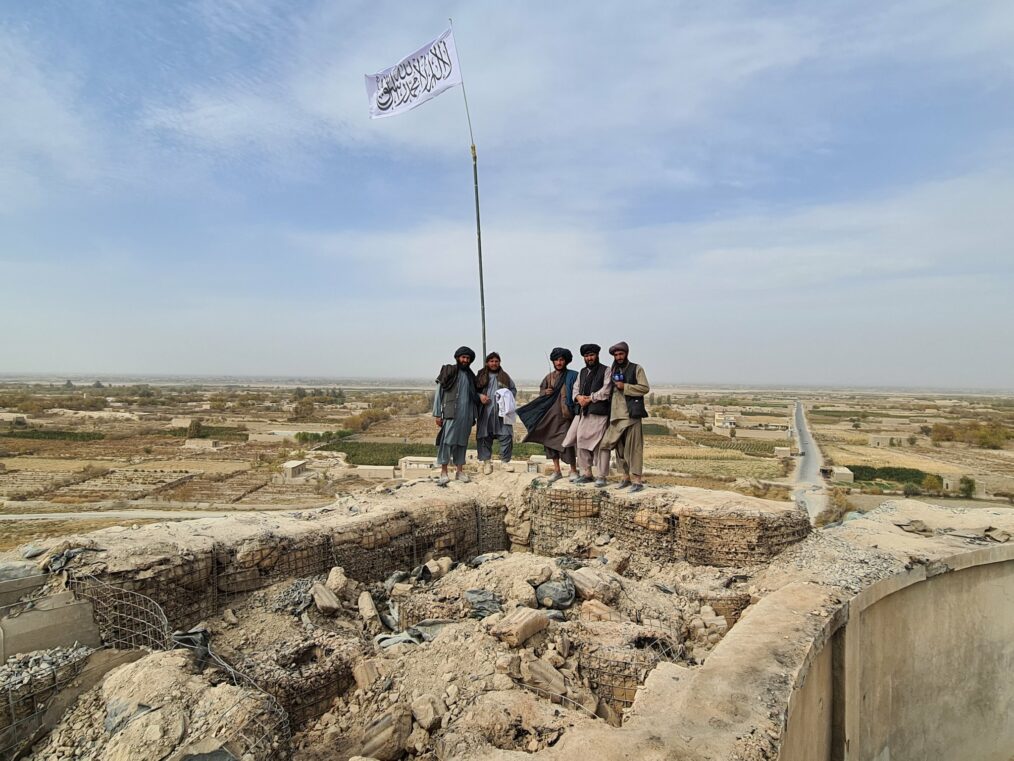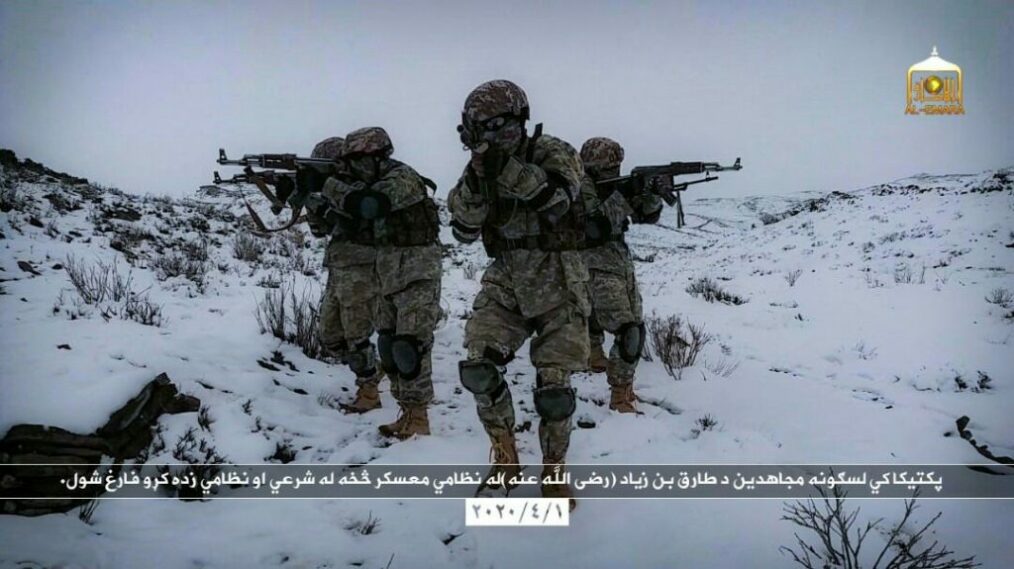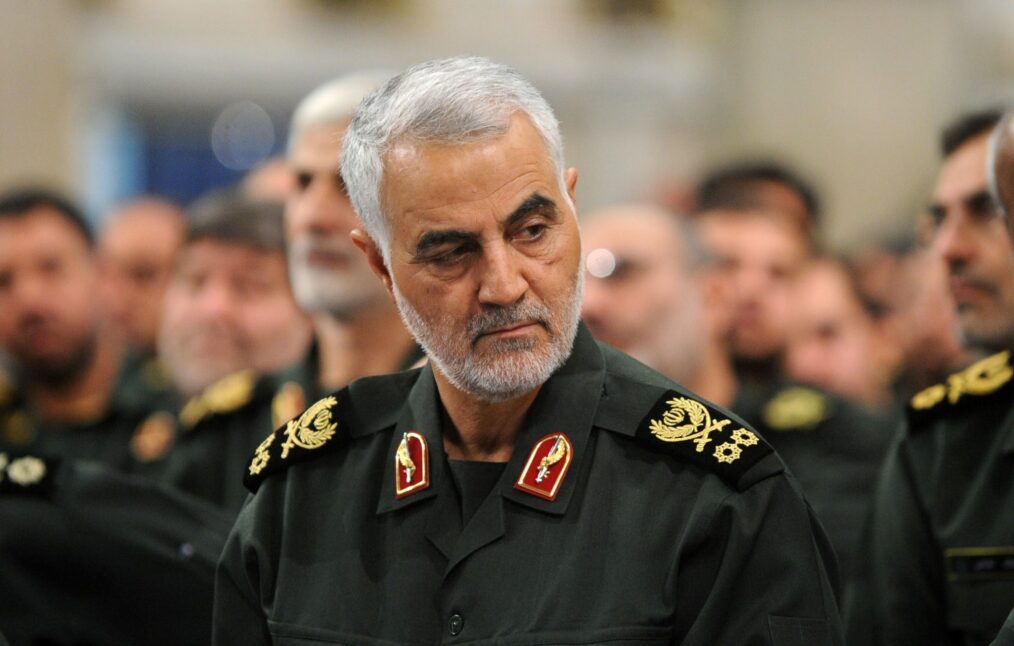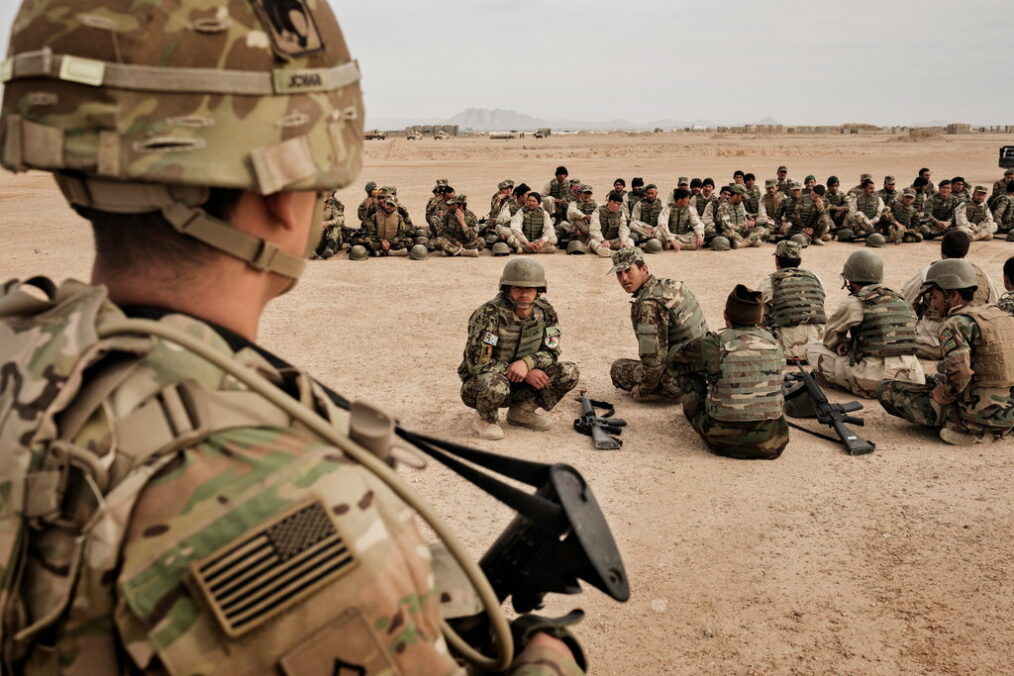Two current events have implications for Afghanistan. Joe Biden was declared as president-elect in the United States presidential election by several news outlets on November 7. He will be the fourth president since the war began in 2001. Further, on November 17, the Pentagon announced that the U.S. will reduce its troops in Afghanistan from approximately 4,500 to 2,500 in mid-January.
Stakes are high. A rushed withdrawal from Afghanistan can affect the country in the short and long term. It is important now is to secure a safe period while the intra-Afghan peace talks take place and then the U.S can leave Afghanistan without the risk of the nation bursting into a civil war. With this in mind, this article will look into what effects the withdrawal can have on the Afghan peace process and the views of different stakeholders.
Joe Biden wrote in Foreign Affairs in March 2020, “It is past time to end the forever wars, which have cost the United States untold blood and treasure. As I have long argued, we should bring the vast majority of our troops home from the wars in Afghanistan and the Middle East and narrowly define our mission as defeating al-Qaeda and the Islamic State (or ISIS).” Biden’s plan was to keep a small number of counterterrorism forces in Afghanistan, but since the withdrawal now seems to start before Biden takes office, it is possible it will inhibit him in his plans.
According to interviews conducted by Al-Jazeera, many Afghans believe that the Trump administration rushed with the peace process and did not prioritize a responsible withdrawal of U.S. troops. The respondents fear that this can lead back into a civil war. On the same note, the Second Vice President of Afghanistan, Sarwar Danish, commented that he wants “a full review of the peace process” and to “apply more pressure on the Taliban to reduce the violence.”
However, the Taliban commented that they expect the new president to remain committed to the peace deal. Moreover, an Afghan analyst stated that it is important to have a permanent ceasefire, agreed to by all parties, in the peace agreement before U.S. troops withdraw from Afghanistan.
In addition, it is argued that the withdrawal will undermine fragile security in Afghanistan and that it will affect the peace talks. The latest announcement from the Pentagon, on the withdrawal of troops before Biden takes office, can put him in a difficult spot and he might have to redeploy troops to secure the situation in Afghanistan for a peaceful agreement.
Given the history of the U.S. involvement in Afghanistan, it makes sense that officials in the U.S. want to leave as quickly as possible. However, it is important to bear in mind that a quick withdrawal can affect Afghanistan, both in the short-term with intra-Afghan peace talks, and in the long-term with fear of civil war and more violent attacks on civilians.
It is therefore very important that the withdrawal of U.S troops is done in a responsible way, especially when a ceasefire agreement is signed and the talks have moved forward. As Mitch McConnell, the top Republican in the U.S. Senate told the press on Tuesday, “a precipitous drawdown in either Afghanistan or Iraq is a mistake.”
The war in Afghanistan has been ongoing for almost two decades and since the United Nations Assistance Mission in Afghanistan began counting, it has cost the death of more than 100,000 civilians, 45,000 Afghan security forces since 2014 and over 2,300 American soldiers.
While the incoming presidential administration states similar intent as the current one in regard to the withdrawal of troops from Afghanistan, it needs to be done in a responsible way. Troops should be kept in Afghanistan during the negotiations so that long term goals can be achieved for a peaceful Afghanistan. As an Afghan official mentioned, “We expect more predictability, a more coordinated withdrawal.”





